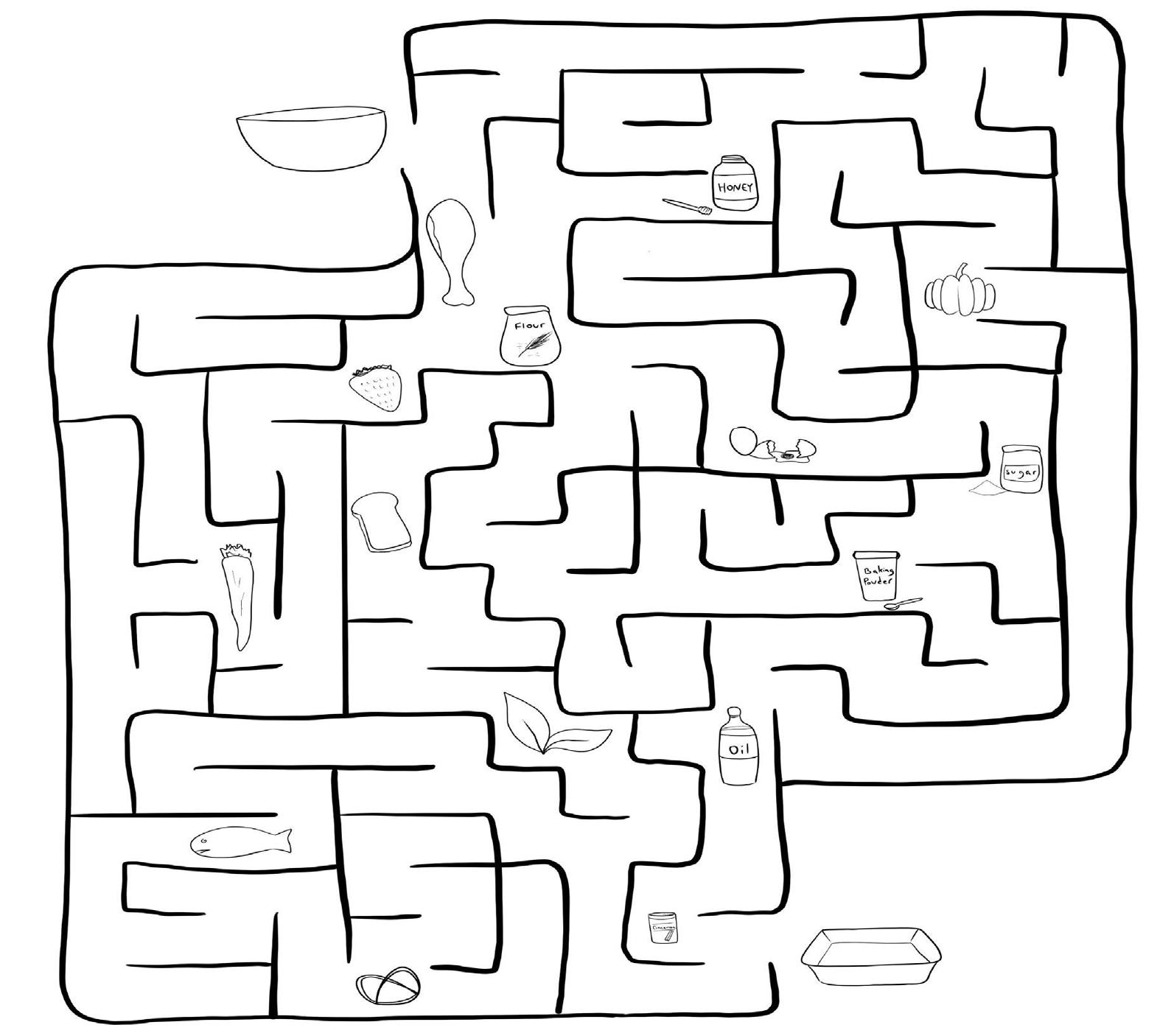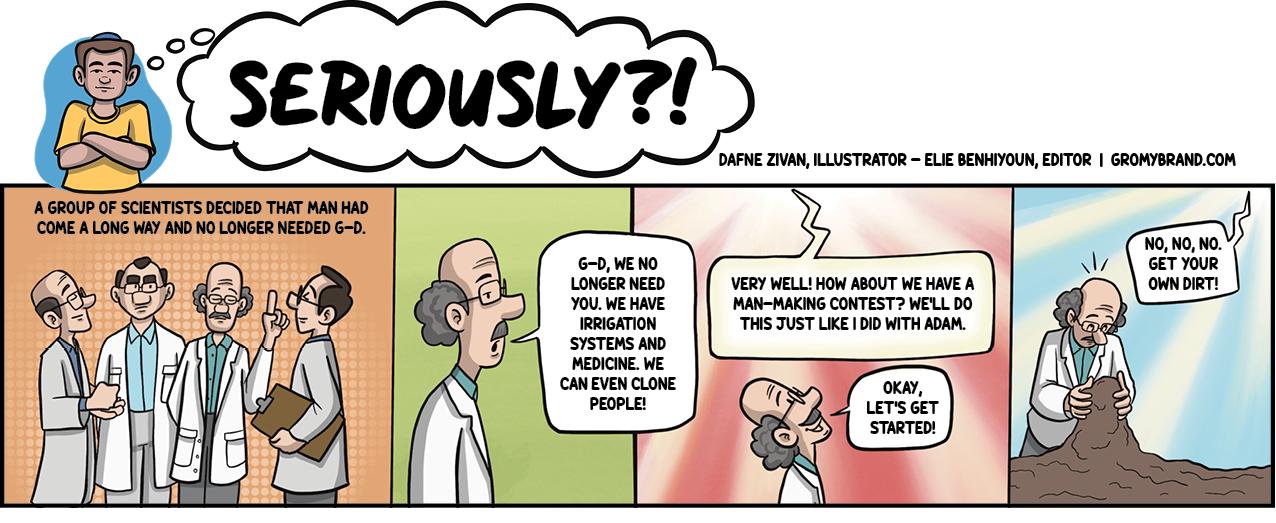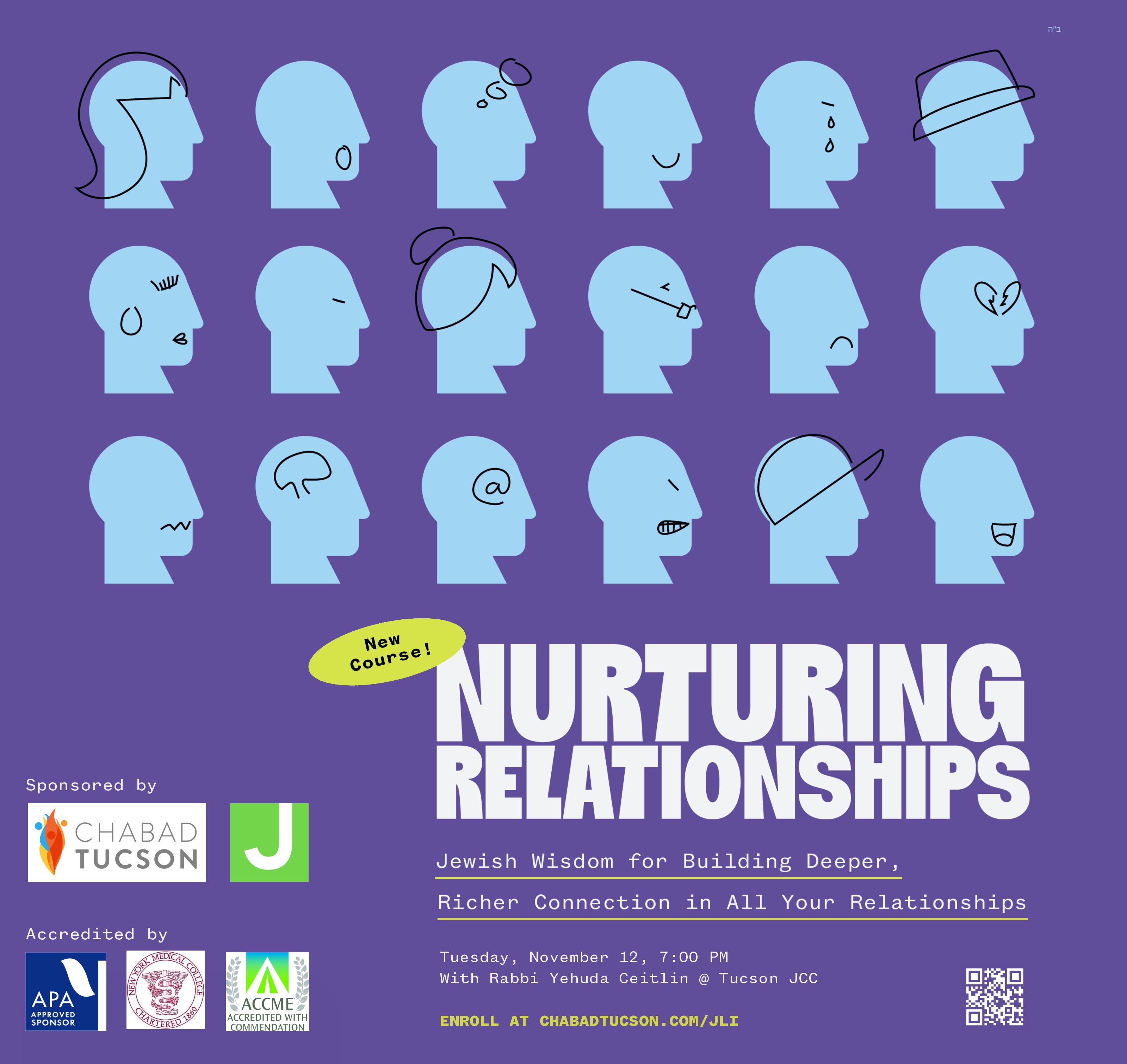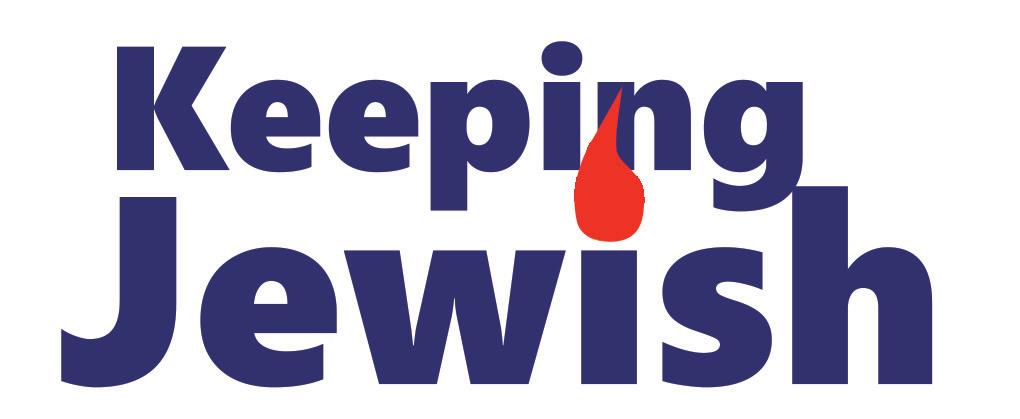
6 Hard Truths
What Jewish people learned this past year
Unlikely Fighter
The heroic best friend of Hersh Polin-Golberg
Sweet &
Savory
Persian inspired Honey jeweled rice
Yom Kippur Hero
Why Sandy Koufax didn’t play in the World Series


What Jewish people learned this past year
The heroic best friend of Hersh Polin-Golberg
Sweet &
Persian inspired Honey jeweled rice
Why Sandy Koufax didn’t play in the World Series
Wellness Counselor Ella Hirsh-Lauer discusses chocolate, October 7 and finding purpose in Arizona



The Jewish outreach and education network of Southern Arizona 2443 E 4th Street, Tucson, AZ 85719
EXECUTIVE DIRECTOR
Rabbi Yossie Shemtov
REBBETZIN
Chanie Shemtov
OUTREACH DIRECTOR
Rabbi Yehuda Ceitlin
PROGRAM DIRECTOR
Feigie Ceitlin
Affiliates: Congregation Young Israel, Chabad at the University of Arizona, Chabad on River, Chabad of Oro Valley, Chabad of Sierra Vista, Chabad of Vail and Lamplighter Chabad Day School of Tucson
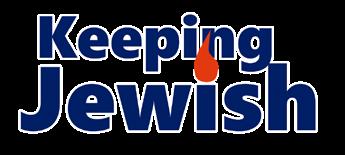
EDITOR
Rabbi Yehuda Ceitlin
COPY EDITOR
Suzanne Cummins
CONTRIBUTING WRITERS
Zalman Abraham, Seymour Brody, Feigie Ceitlin, Tzvi Freeman, Mendel Kalmenson, Menachem Posner, Mordechai Schmutter, Benjamin Weiss
PHOTOS Unsplash.com
SPECIAL THANKS Chabad.org
EDITORIAL & ADVERTISING Phone: 520-881-7956 #12 Email: info@ChabadTucson.com
SUBSCRIPTION: ChabadTucson.com/SubscribePrint
Keeping Jewish is published in print periodically by Chabad Tucson and is distributed free in Tucson and Southern Arizona.
Chabad Tucson does not endorse the people, establishments, products or services reported about or advertised in Keeping Jewish unless specifically noted. The acceptance of advertising in Keeping Jewish does not constitute a recommendation, approval, or other representation of the quality of products or services, or the credibility of any claims made by advertisers, including, but not limited to, the kashrus of advertised food products. The use of any products or services advertised in Keeping Jewish is solely at the user’s risk and Chabad Tucson accepts no responsibility or liability in connection therewith.
Note: “G-d” and “L-rd” are written with a hyphen instead of an “o .” This is one way we accord reverence to the sacred divine name. This also reminds us that, even as we seek G-d, He transcends any human effort to describe His reality.
In today’s globalized world, conflicts can quickly cross borders, but few have held public attention as intensely as the Hamas massacre of Israelis on October 7, 2023. The aftermath sparked rallies supporting terror, calls for the genocide of Jews, and violent harassment of Jewish students.
The months since have been marked by pain, war, and a surge in antisemitism, especially in the U.S. But it has also been a time of unity, hope, and resilience worthy of reflection as we enter a new Jewish year.
Here are six hard lessons the Jewish people have learned this past year.
1. We learned that we do not exist without sacrifice.
In the years before October 7, the People of Israel were lulled into a sense of safety. It had been decades since the last existential threat, and normalization was proceeding well with neighboring Arab countries. But this past year, we got a tragic reminder that our existence should not be taken for granted—and that not everyone will acknowledge our very right to exist. We are truly a miracle—yet we must still fight to live.
2. We learned who our true friends are.
In moments of crisis, people’s true colors emerge—sometimes for the better, sometimes for the worse. The Jewish community has seen both sides of this. We’ve lost friends and co-workers, but we’ve also gained new ones. Our family had to find a new doctor for our child after the one we trusted posted something horrifyingly antisemitic, reminiscent of the medieval blood libels against Jews. Yet, I’ve also experienced the kindness of total strangers—a Hispanic driver, a postal worker, a deputy sheriff, and a young mother—who stopped in the street to express solidarity with the Jewish people
By Rabbi Yehuda Ceitlin
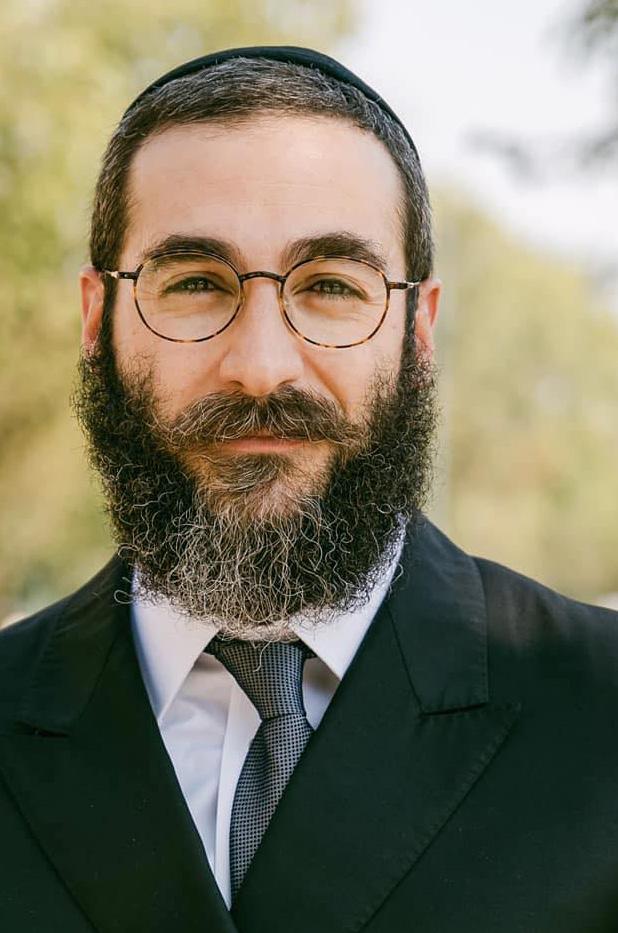
during these threatening times.
3. We learned how important unity can be.
In the year leading up to October 7, Israel was deeply divided over judicial reforms, a debate that even some American Jews engaged in. But after the attack, Israelis united. The rise of hate in the U.S. also prompted American Jews to come together. Sapir Cohen experienced this firsthand during her 55 days in Hamas captivity. One day, the terrorists summoned her to watch TV. Seeing thousands rallying in Tel Aviv to free the hostages, one of the captors remarked, “When the Jews are united, they are strong.”
4. We learned to live with pain.
For nearly a year, more than 100 of our Jewish brothers and sisters have languished in captivity. The pain hasn’t gone away, but we’ve learned to live with it. Israel is engaged in the longest-lasting war in its history, and each day brings new
sorrow. When we got the news that Hersh Goldberg-Polin and five other hostages had been brutally murdered in cold blood by their terrorist captors, the impact was like a thunderbolt. Our community was in mourning as if they had lost a family member. In a sense, we had.
5. We learned that a diploma doesn’t make someone a mensch.
This past spring, encampments sprang up on campuses across the country. Their goal was to demonize Israel and, often, to demonize the Jewish people with nonfactual claims and theories. Some academics roundly condemned the disgusting bigotry. Others, however, supported it tacitly or openly by discriminating against Jewish students and faculty. This year, we discovered that all the degrees in the world don’t make you a mensch.
6. We learned that we can do more.
At the end of the year, Jews have a tradition of introspection, both personally and collectively. We reflect on areas for improvement and often take pride in our accomplishments. Since October 7, there has been a surge of Jewish activity—not through tormenting or vilifying others, but by strengthening our identity and community. It’s as if we’ve found a new gear. We are giving more, praying more, connecting more, and doing more, discovering the depth of our potential.
Our nation endured the deadliest attack since the Holocaust, and in doing so, we’ve learned much—about ourselves and those around us. May the coming year bring only peace and good tidings. Amen.
- Rabbi Yehuda Ceitlin is the Outreach Director of Chabad Tucson, the Jewish network of Southern Arizona
In commemoration of one year since the October 7 attacks—the deadliest attack on the Jewish people since the Holocaust—the Tucson Jewish community will participate in various events, including prayer and acts of kindness.
The first event will be the Mega Challah Bake on Monday, September 30. Organized by Chabad Tucson, over 200 women will gather at the JCC to make challah and hear from Maya Izoutcheev, 29, one of the survivors of the Nova music festival massacre on October 7.
A second event at the JCC will be the Community-Wide October 7 Commemoration on Monday, October 7, at 6:30 PM. It will feature remarks and a performance by Israeli musician Micha Biton, a survivor of the atrocities.
Traditionally, yahrzeit (the anniversary of a passing) customs are observed according to the Hebrew date, which falls each year on the 22nd of the month of Tishrei. This date coincides with the holiday of Shemini Atzeret and Simchat Torah, one of the most joyous Jewish holidays.
Simchat Torah follows the “High Holidays” of Rosh Hashanah and Yom Kippur. It is celebrated by families and individuals attending synagogue, where they dance with Torah scrolls in circuits known as “hakafos,” as well as festive holiday meals.
During past conflicts and times of crisis, the Rebbe, Rabbi Menachem M. Schneerson, of righteous memory, the most influential rabbi in modern history, suggested that to elicit divine protection, people should increase their joy and performance of mitzvahs, or good deeds.
Chabad Tucson calls upon community members to join their local synagogue for the Simchat Torah celebration as a show of Jewish unity on the Jewish anniversary of the horrific attacks that took place on October 7.
“As Jews, we fight hatred and terrorism by being more Jewish—and on this holiday, by being more joyous!” said Rabbi Yossie Shemtov, Executive Director of Chabad Tucson.
“This year’s joy, singing, and dancing will be accompanied—not tempered—by the remembrance of the souls of the victims of last year’s attacks. We keep them, the hostages, and their families in our minds, in our hearts, and in our prayers.”
At Chabad Tucson, a Grand Hakafot Celebration will take place on Thursday, October 24, at 6:30 PM at The Shul, 2443 E. 4th Street. In addition to traditional dancing with Torahs and the lavish kiddush buffet, there will be a special tribute to the Holy Land.
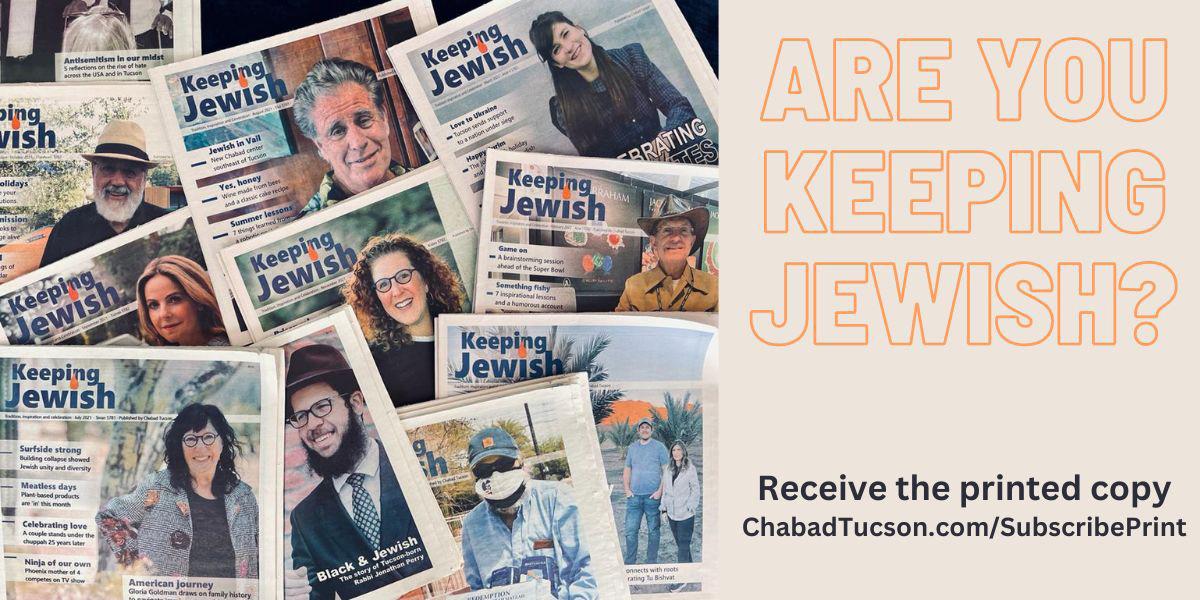
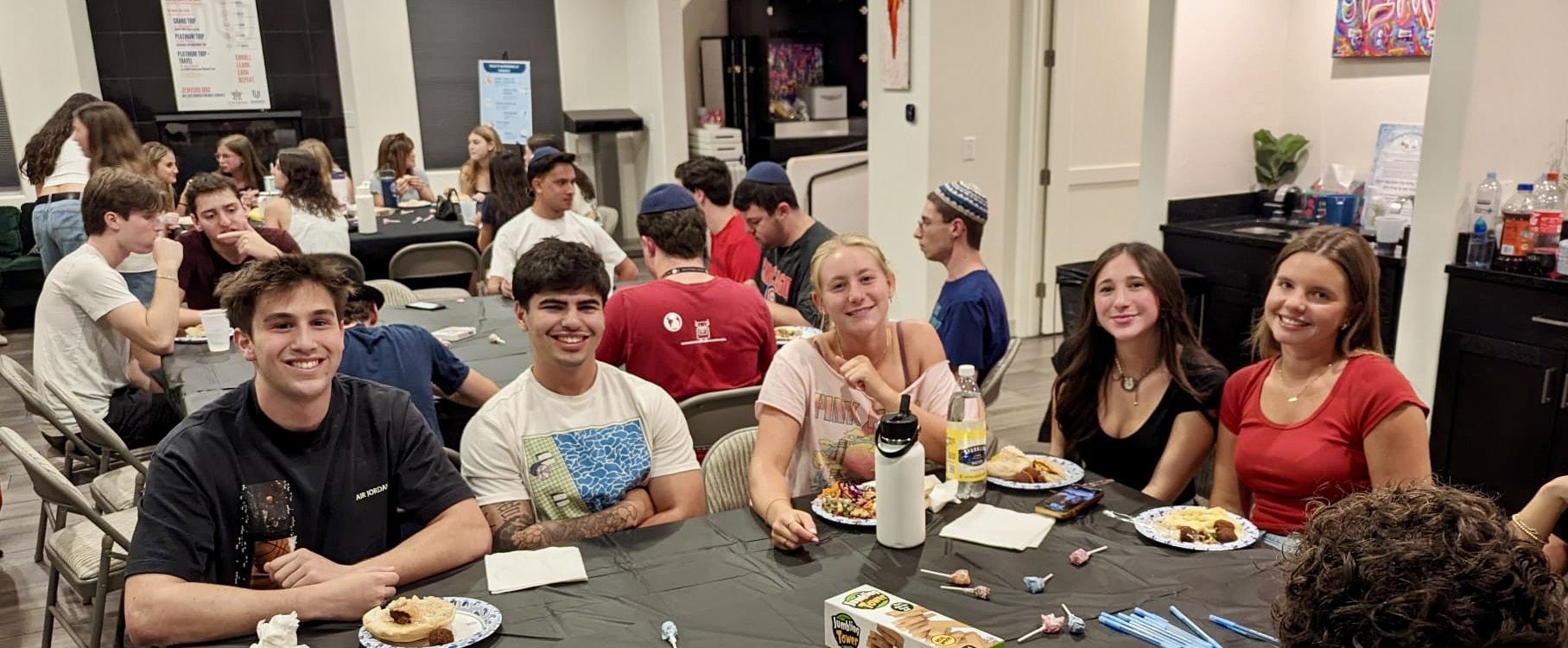
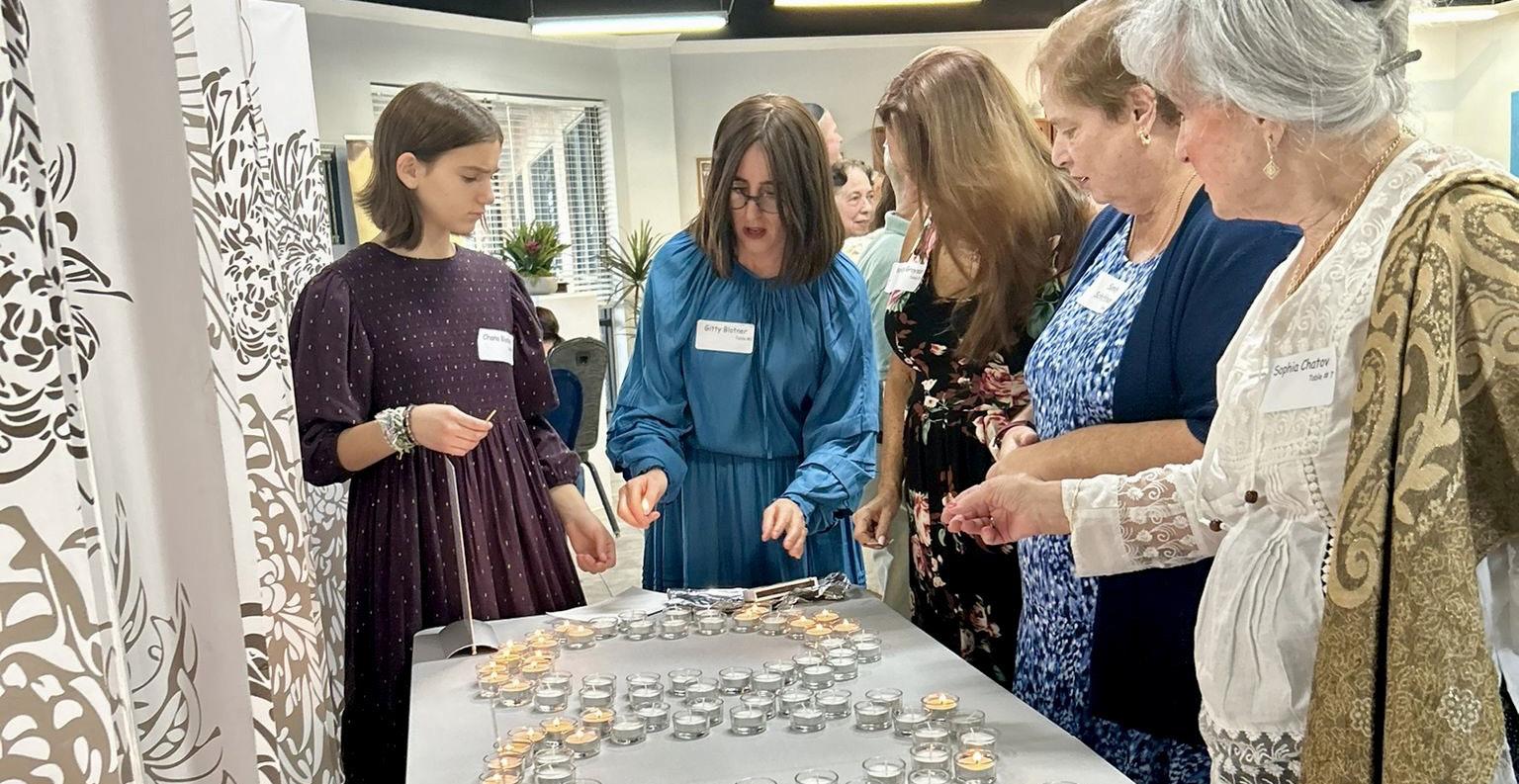

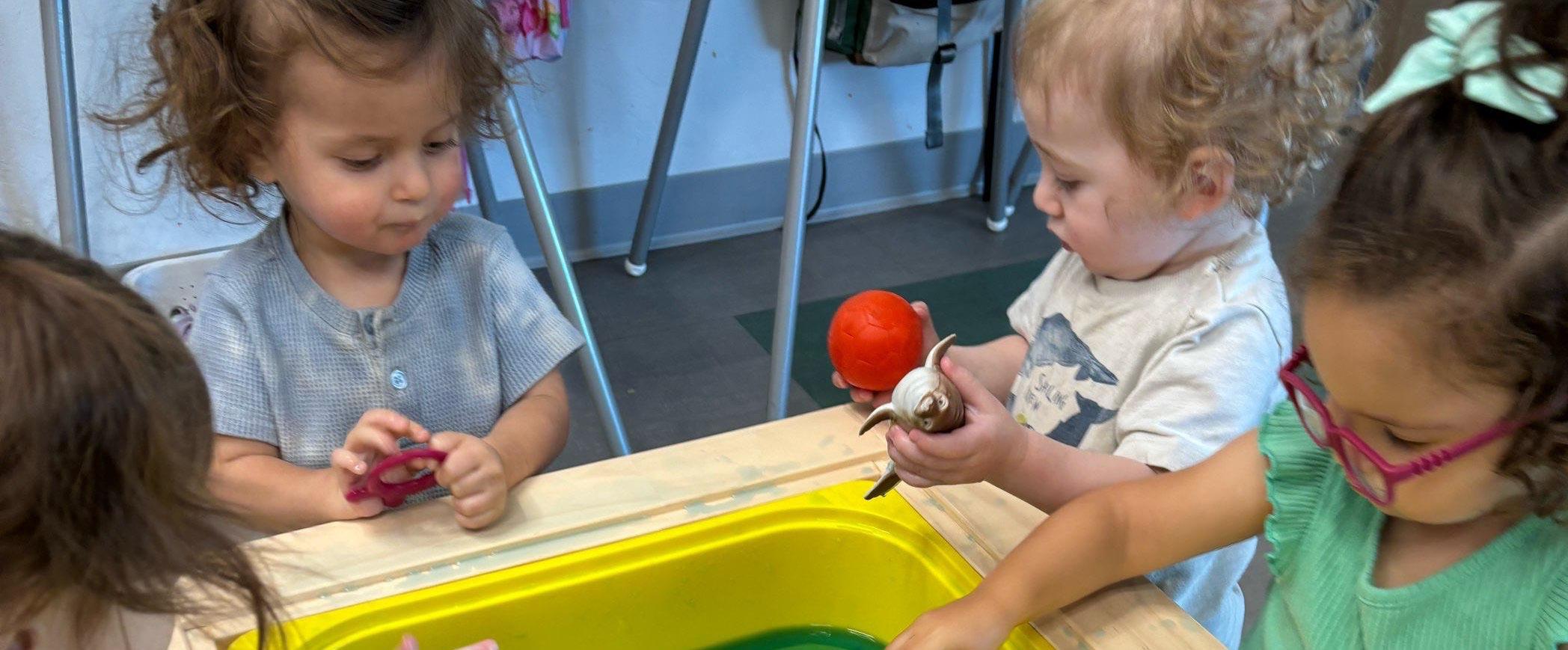
By Tzvi Freeman
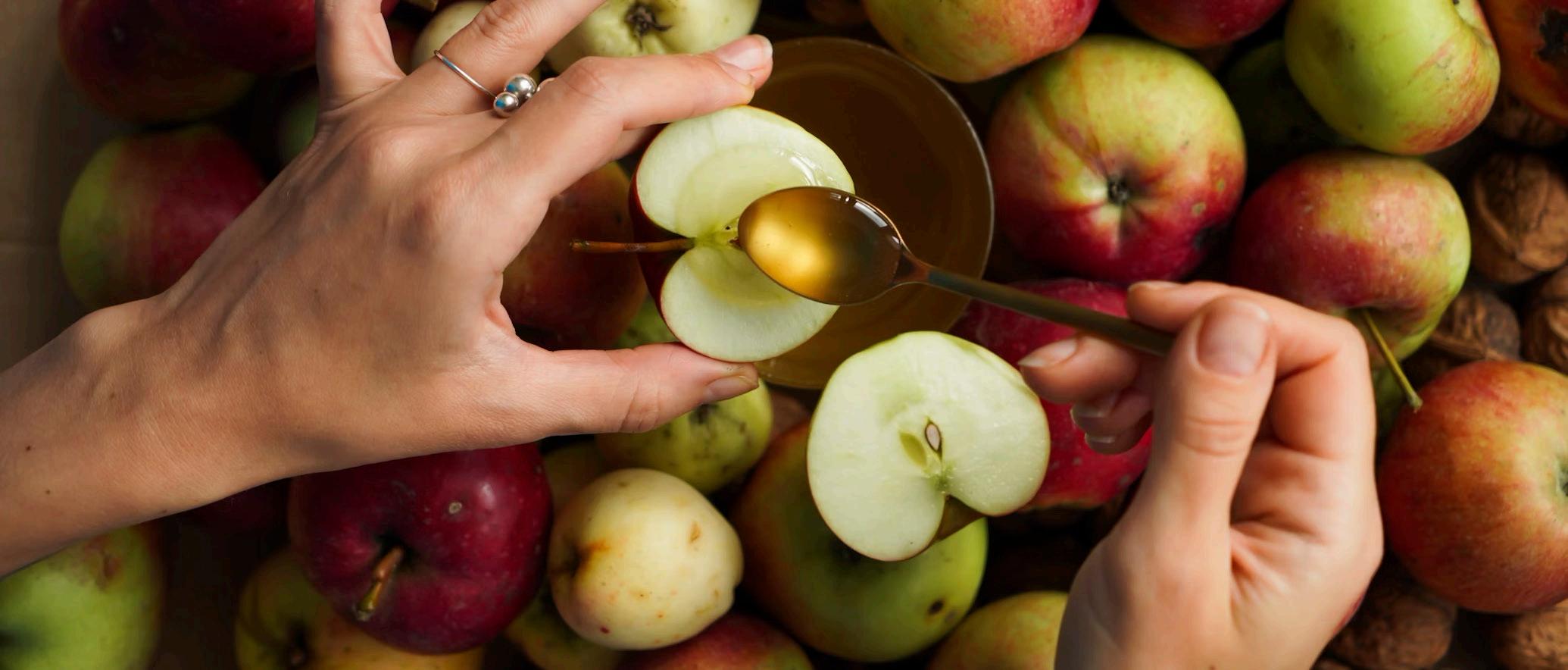
Think of your year as a kind of space odyssey: You take off, fly around—and occasionally get lost. There could be lots of excitement, but then there’s the collateral damage—at times, even grand mess-ups.
So now it’s time to come back home. There, you’ll get your gear back in tune, reset your sightings, refuel, and then take off again— with renewed strength to do things even better this time.
Where is home? Home is your inner self, that invincible, pristine core, never scathed, ever intact. Torah is your way to get back in touch with that place—and to keep the connection solid.
What are the High Holidays? The High Holidays are a period of special days at the onset of the new Jewish year, at the cusp between summer and autumn.
What’s so high about the High Holidays? You are.
Rosh Hashana, Yom Kippur, Sukkot, Simchat Torah—these are days for you to
get more spiritual, more connected, more fulfilled and in tune with your divine inner self.
Some days are set aside for reflection and soul-searching, others for joy and celebration. They are filled with meaningful customs and beautiful rituals—especially meaningful and beautiful when you understand what’s going on.
Which is why we put together this short guide.
The Month of Elul: Reconnect
You’re coming in for landing. Home base is sending out a clear, powerful signal. It’s Elul, the last month of the Jewish year and to amplify that signal, we blow the shofar every morning. The month reaches a climax with the days of selichot when Jews gather in the early morning hours for extra, intensified prayers.
It’s a good time to make an inventory: What went right, what went wrong, what new habits need to be installed, what needs
repair—and what needs to be thrown out of your spaceship. In fact, it doesn’t hurt to start on some of those alterations right away.
# Rosh Hashana: Re-entry
You’re in range. You’re tuned into the signal. At this point, home base asks that you identify yourself.
It’s Rosh Hashana, a day for saying, “I am a Jew, I belong with my people, I connect, I identify.” Once that’s established, you can go to the next step, taking on more, learning more, and getting yourself into better shape. But everything starts with your idea of who you are.
Rosh Hashana is called “the birthday of the universe.” It’s the day that the Grand Programmer of All Things sits back to consider whether this universe is really worth playing and then reboots the system. In fact, “Rosh Hashana” actually means “Head of the Year.” Like a head containing all the switches for every part of the body, Rosh Hashana is the time when every day
of the year is initialized into the system. It’s a crucial stage when every moment must be filled with good thoughts, words and deeds.
The reboot is started on Rosh Hashanna with the blast of the Shofar after the Torah reading —usually before noon. 30 blasts are sounded in a prescribed pattern. Later come another 70 for a total of 100 blasts.
When the Master of the Universe is dealing with global issues, why bother Him with our prayers?
Without our prayers, He directs the universe as a king, with strict, impersonal judgment. Our job is to bring a two-way dimension into that relationship, closer to a warm and healthy parent-child model. In fact, the sounds of the shofar are meant to emulate the pleading cries of a child. That’s what’s behind the prayer, “Our Father, Our King!” Speaking of prayer, G-d is fluent in all languages - as long as it comes from the heart.
Festive Meal
We’re so solid about our relationship with The Boss that we start celebrating a good year even before it’s begun. Each day of Rosh Hashana, we make both lunch and dinner a festive meal.
The strategy is simple: When a father sees his children have confidence in him, he usually follows suit. The same applies to our Father Who Runs the Universe.
These feasts are rich with symbolism. We start with kiddush and sweet challah. On the first night, the meal begins with an apple dipped in honey, as we say, “May it be Your will that this year be good and sweet.” All the foods are sweet, nothing bitter.
On the second night, we eat a new seasonal fruit right after kiddush.
As with every holiday, we don’t go to work, drive, write or switch on or off electric devices. We are permitted to cook and to carry outdoors.
system. It’s must be and deeds.
Hashanna the Torah blasts are Later come dealing with impersonal two-way closer to model. In meant to child. That’s Father, Our fluent in from the
On the first day of Rosh Hashana, late in the afternoon, we walk to a body of water containing live fish and recite the Tashlich prayer that G-d, out of His great compassion, will toss our past failures into the sea. If you can’t do it then, it is permitted to do it on the following days.
# The Ten Days: Return
Now that you know who you are, it’s time to come in for landing. That’s why the days from Rosh Hashana to Yom Kippur are known as the Ten Days of Teshuvah.
Teshuvah is too often mistranslated as “repentance.” Repentance implies that you were bad and now have to become good. Teshuvah means simply to return. Meaning that you were always essentially good, just that certain behaviors may have been somewhat off base—and now all you have to do is rediscover your true place and your true self and return to there.
This is the most spiritual season of the year, a time when our souls are closer to
heaven than to earth, whether we notice it or not. On any day of the year, the soul can reach high. On these days, it can touch its essence. Spend these days in meditation, prayer and study of Torah.
# Yom Kippur: Repair
Your spaceship has been landed and towed into the hangar for repair. But how do you fix a soul? Screwdrivers won’t help. What you need is glue.
You see, fixing a soul is much like fixing a relationship: You need a bond so powerful that all flaws are overlooked and no one has any desire but the good of the other. That’s why Yom Kippur is called The Day of AtOne-ment: The day that we are at one with our Source Above.
Feasting and Forgiving
Eat two good meals the day before Yom Kippur—it’s a mitzvah. In fact, feast today and fast tomorrow and it’s counted as though you fasted for two days. Take lots of fluids and avoid heavy foods. Avoid nuts and other edibles that stick in your teeth.
If you have children, place your hands on each child’s head, one at a time, and give each one a blessing.
If someone feels you’ve wronged him or her, try to make up before the fast. At the same time, forgive the misdemeanors of others against you. According to how you forgive others, that’s how G-d forgives you.
Some think Yom Kippur is a sad day. But how could the highest day of the year possibly be sad?
It’s just that dealing with physical needs on this day would be the biggest downer, unplugging that connection and hurling us back into the mundane world. That’s also why we dress in white on this day, to remind us that today we are as high as the angels, who need neither food nor drink. And yet higher.
Kol Nidre and Prayers
As the sun kisses the horizon, the cantor’s voice pierces our souls with the Kol Nidre. But the most vital prayer—repeated eight times over the 25 hours—is the Vidui. That is when we accept responsibility for every possible human mess-up we may have made, ripping out their residue from within us. It’s not easy to remember all of them, so the prayer book provides a list in alphabetical order.
With each Vidui, the soul is freed and climbs higher and higher until the ultimate high with Neila, which is recited as Yom Kippur, is about to come to an end, as the Gates of Heaven begin to close.
On Yom Kippur, after the Torah reading, Yizkor is recited to remember the souls of the departed. We pledge charity on behalf of parents and loved ones now in the “world of truth” (to be given after the holiday).
At the conclusion of Neila, the entire congregation cries out the Shema Yisrael and the shofar is sounded to usher the holiness of the day back to its place.
As soon as Yom Kippur is over, we return home for a joyous feast. We wish each other “Good Yom Tov!” According to the Baal Shem Tov, we are now in the purest day of the year since all the souls are clean and shiny like new.


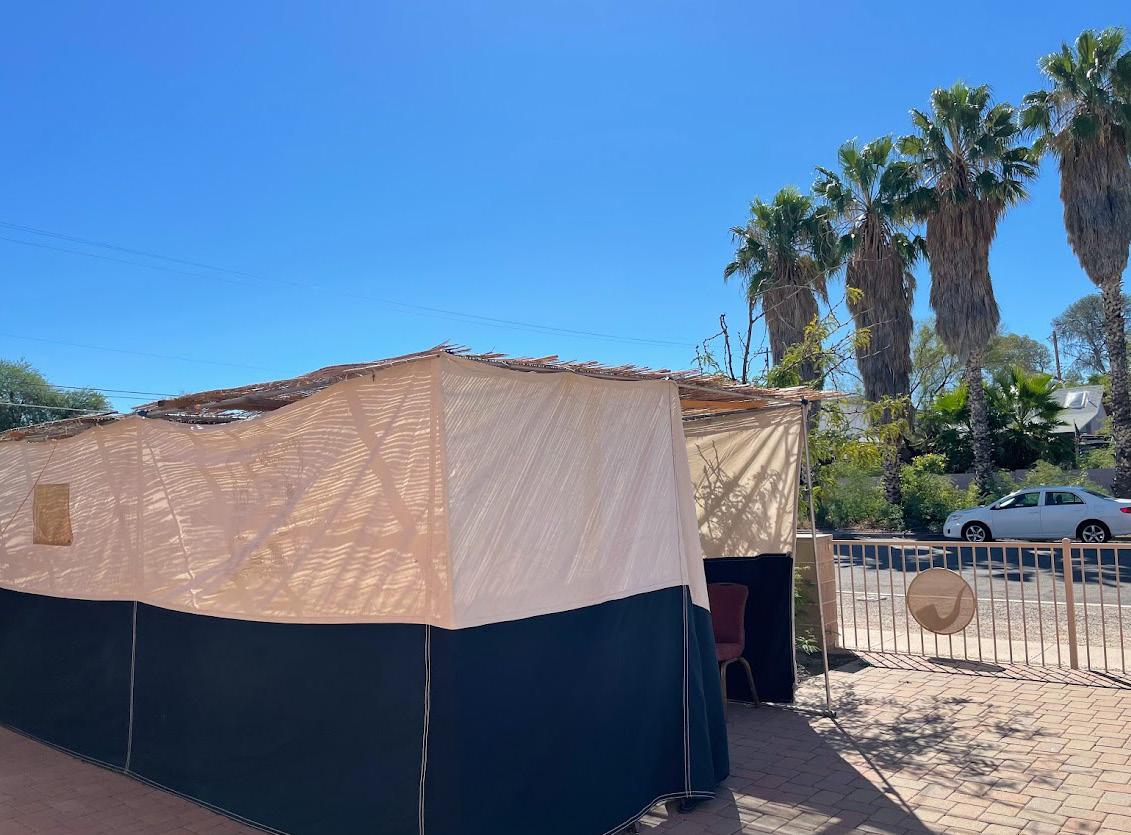
By Tzvi Freeman
As the last month of the Jewish year, Elul is traditionally a time of introspection and stocktaking—a time to review one’s deeds and spiritual progress over the past year, and prepare for the upcoming “Days of Awe” of Rosh Hashanah and Yom Kippur.
As the month of divine mercy and forgiveness, Elul is a most opportune time
for teshuvah (“return” to G-d), prayer, charity, and increased ahavat Yisrael (love for a fellow Jew), in the quest for selfimprovement and coming closer to G-d.
Chassidic master Rabbi Schneur Zalman of Liadi likens the month of Elul to a time when “the king is in the field” and, in contrast to when he is in the royal palace,
“everyone who so desires is permitted to meet him, and he receives them all with a cheerful countenance, showing a smiling face to them all.”
The following are some of the basic customs and practices for the month of Elul:
Each day of the month of Elul (except
for Shabbat and the last day of Elul), we sound the shofar (ram’s horn) as a call to repentance.
When writing a letter or meeting one another, we bless one another by including the greeting Ketivah vachatimah tovah— which roughly translates as “May you be inscribed and sealed for a good year.”
Elul), we call to one including tovah— you be year.”
Chapter 27 of the Book of Psalms is added to the daily prayers, in the morning and afternoon.
The Baal Shem Tov instituted the custom of reciting three additional chapters of Psalms each day, from the first of Elul until Yom Kippur. (On Yom Kippur the remaining 36 chapters are recited, thereby completing the entire book of Psalms.)
During this month, we give extra charity, accruing merit for ourselves and for all of humanity, who will soon stand before G-d in judgment.
Elul is a good time to have one’s tefillin and mezuzot checked by an accredited scribe, to ensure that they are in good condition and fit for use.
During the last week of Elul, in the days leading up to Rosh Hashanah, the Selichot prayers are recited. On the first night they are recited at midnight; on the following days, in the early morning.
On the day before Rosh Hashana (Erev Rosh Hashana), morning prayer services (which do not include shofar) are longer, starting with early-morning Selichot and concluding with the annulment of vows.
During this day, we prepare the festive and symbolic foods we will enjoy on Rosh Hashanah. These include kosher wine and sweet, round challah bread (often studded
with raisins) and apples to be dipped in honey, fish (or ram) heads, pomegranates, and sweet foods made with honey, such as carrot tsimmes, teigelach, honey cake (lekach), and more.
It is customary to visit the graves of tzaddikim (righteous, saintly people) and there to pray for a sweet new year. We ask the tzaddikim to intercede On High on our behalf, and we pray to G-d to have mercy on us in the merit of these righteous people at whose resting places we are standing. If you can’t personally visit one, you can send a request for a blessing at OhelChabad.org.
Before the onset of the holiday, give charity freely, accruing merit for ourselves and for all of humanity, who will soon stand before G-d in judgment.
It is customary for men to visit a mikvah (ritual pool) on this day, to be purified before entering the High Holy Days. Speak to your rabbi to find out mikvah hours in your location.
On the day before Rosh Hashanah, every spare moment should be spent reciting Psalms. Thus, one already enters the new year with a clean slate. The continuous Psalms recitation should continue throughout the 48 hours of Rosh Hashana.
Rosh Hashanah is ushered in with candle lighting, followed by synagogue services and a festive meal.
For more, visit Chabad.org/RoshHashana
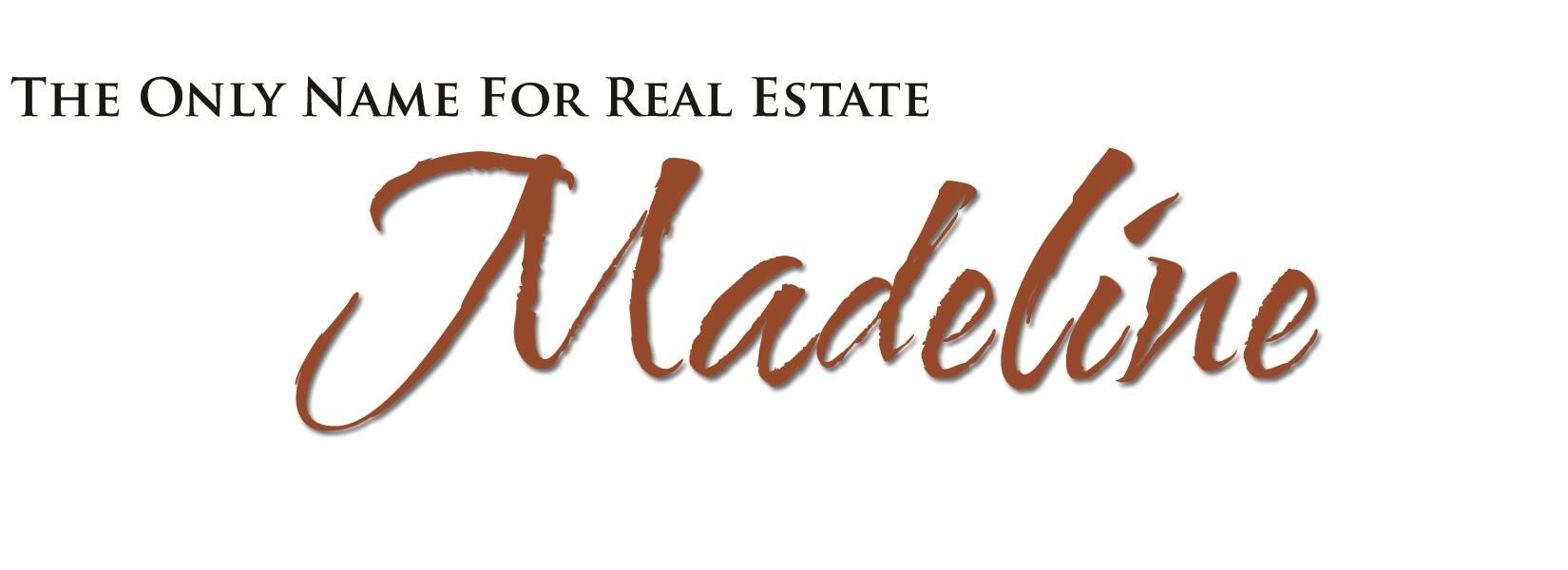
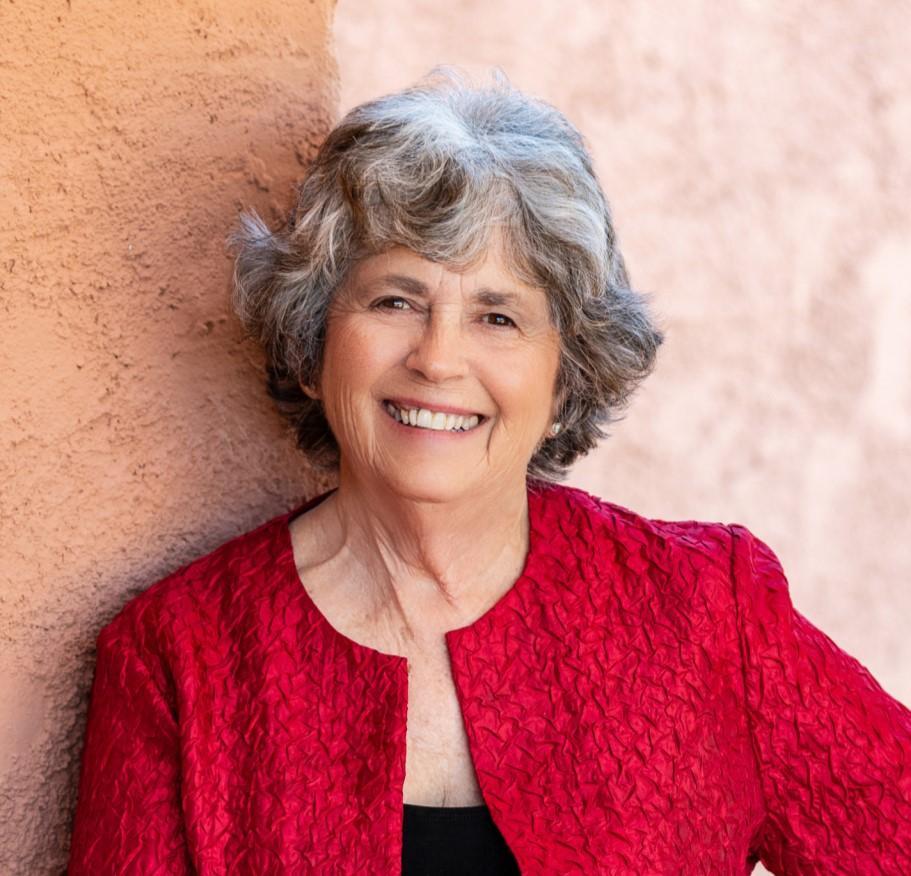



By Benjamin Weiss
I know what co-existence feels like. I was born in Nazareth and lived there until I was 5 years old. We were Jews, Muslims and Christians, and I have fond memories of that time.
My paternal grandfather, an Auschwitz survivor, was a family doctor. He spoke seven languages, and I would accompany him when he visited patients in Arab villages. He loved and respected people. My maternal grandmother, a Holocaust survivor from Romania, worked at Elite chocolate factory. Her house was always packed with different types of chocolate. I’m still not sure if I was popular in school because of my charming personality or all the chocolate I shared...
My grandparents were good people and did so much for the community, but there was always a dark cloud above them. You knew there was trauma, but they didn’t talk about their experiences. Knowing their stories would have given me a sense of belonging and roots, which I still feel I need.
Moving to Arizona wasn’t part of my grand plan. I was a line producer in the film and television industry and needed a pause from the stress and the chaotic Israeli life. It was meant to be temporary. Twenty-two years later, I’m still here.
As non-religious as I am, I like to call it a “G-d incident.” Rabbi Ephraim Zimmerman from Chabad of Oro Valley introduced me to this concept - there are no coincidences, only G-d incidents. Meeting him and his wife Mushkie in a very random way is an example of that. I appreciate them so much that I even made 200 sufganiyot (jelly donuts) for their Chanukah party.
A benign tumor turned out to be one of the biggest blessings of my life. Diagnosed with a Prolactinoma at 31, I learned that tumors of any kind (and illnesses in general) feed on processed foods, gluten, sugar, etc. So I cut sugar and gluten from my diet, and the tumor was gone within three months.
It was the beginning of my wellness journey, personally, and professionally. I went to Integrative Nutrition School, and I am now a certified Integrative Nutrition Health Coach, and Natural and Nutritional Medicine Wellness Counselor.
If I’m in a car accident, please perform life-saving medicine, don’t give me herbs. But when it comes to overall health, there’s a strong need to address the root cause, not just treat the symptoms. People may have similar symptoms, like migraines or digestive problems, but the underlying causes can vary widely. A prescribed pill can mask the symptoms, but it often misses what’s really going on.
Maimonides advocated for a healthy lifestyle. Here are a few essential practices for a healthy lifestyle and longevity: homecooking with whole foods and minimally processed foods; and having two or three caring friends to talk to and move with. Make sure your home environment and your workplace allow you to move naturally. Last, but not least, find your sense of purpose.
For my 50th birthday on October 8, 2022, I decided to celebrate big. My whole life, I have wanted to visit the Serengeti, and I took a 14-day safari trip in Africa with my husband and daughter. I was moved beyond words and cried -happy tears- when I saw the elephants for the first time. It reminded me of how small we are in this vast universe.
The next year, when people messaged me Happy Birthday, I couldn’t have cared less. I wasn’t present. I was glued to the screen and WhatsApp for every piece of information coming out of Israel since October 7. It was rough.
My best friends are Hadass and Tal, whom I met at a dog park in Tel Aviv. Tal was born and raised in Kibbutz Nirim, and where Hadass served her mandatory military service. They have lost many friends - some were tortured, burned, and murdered, and some were kidnapped to
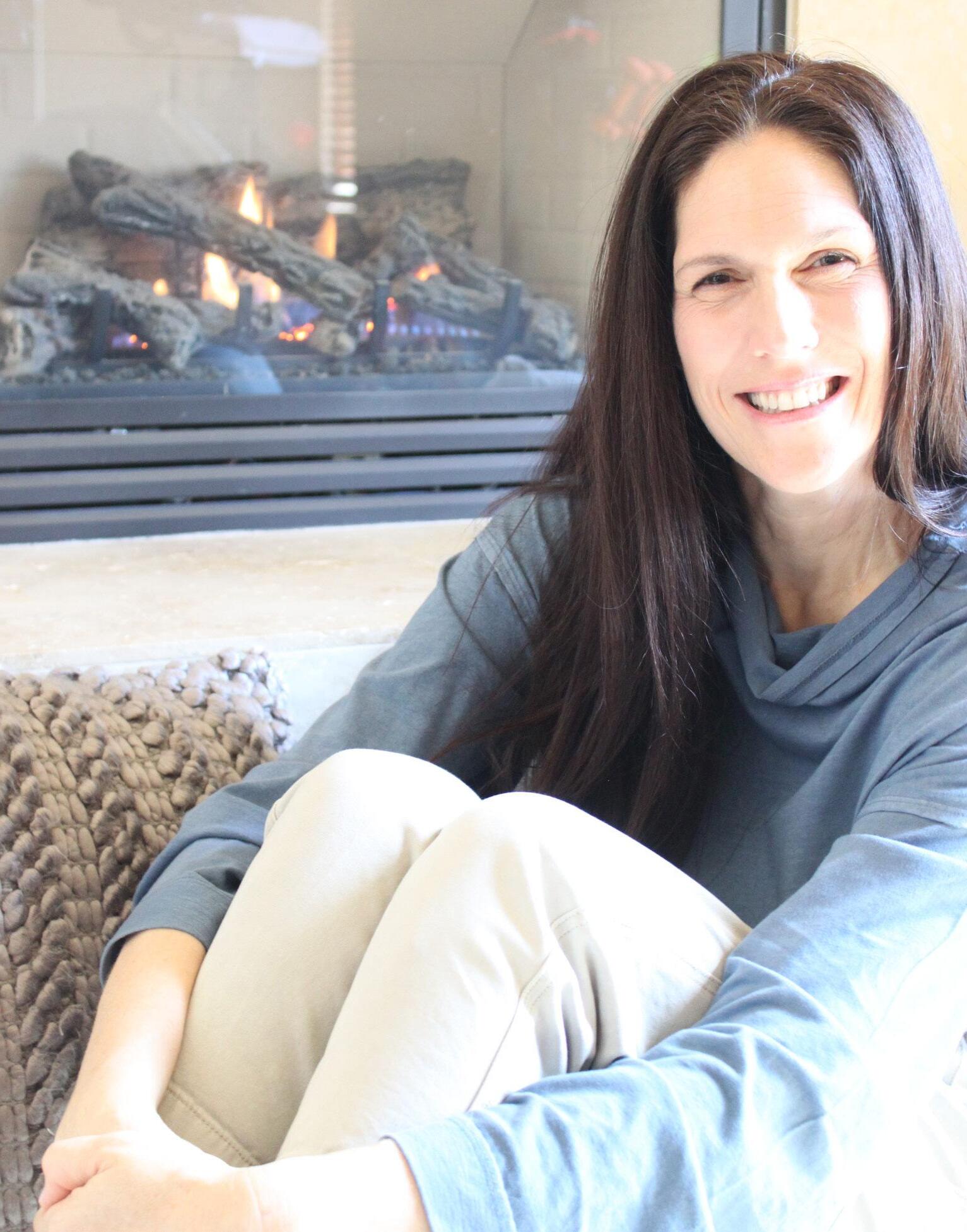
Gaza (some are still there).
I was a leftist pro-Palestinian my whole life, but now I need to re-discover my belief system. How did that happen - and especially to those in the kibbutzim who supported Palestinians? I would still like to believe there can be peace and co-existence, but is that naive?
We choose life. I am more selective of how I spend time and with whom I spend it. Look at the Ten Commandments; if we all lived by them, regardless of the religion we choose to live by, the world would be a much nicer place. It is that simple.
To reach Ella Hirsh-Lauer, visit innermederi.com
Trent & Ariel Waller
By Feigie Ceitlin
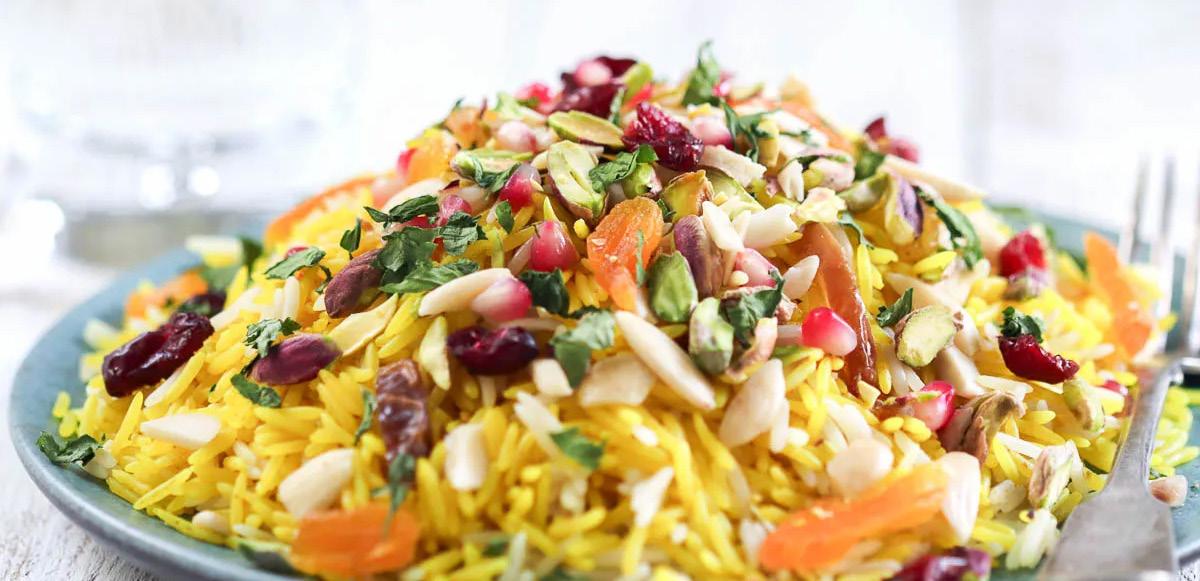
This recipe captures the essence of Tishrei, a month filled with sweet, savory, and celebratory moments. Every High Holy Day is represented in this wonderful combination of ingredients.
For Rosh Hashana, the honey, dried figs, and apricots symbolize the sweetness we hope for in the new year. For Yom Kippur, the savory notes from the onions, garlic, and soy sauce add depth and seriousness. Sukkot brings joy and celebration with vibrant pomegranate seeds, toasted nuts, and colorful vegetables.
Inspired by Persian cuisine, this dish blends sweet and savory, evoking the spirit of Tishrei’s journey from reflection to festivity.
INGREDIENTS:
- 2 cups basmati rice, uncooked
- 2 tablespoons olive oil
- 1 medium onion, sliced into 1/4 moons
- 1 medium purple onion, sliced into 1/4
moons
- 2 cloves garlic, minced
- 1 cup shredded carrots
- Chopped dried apricots
- Chopped dried figs
- Scallions, sliced
- Toasted almond slices and/or pistachios
- Pomegranate seeds
- 1/2 cup honey
- 1/4 cup soy sauce
DIRECTIONS:
1. Cook the basmati rice according to the package instructions.
2. In a separate frying pan, heat the olive oil over medium heat. Sauté both the sliced onions, minced garlic, and shredded carrots until soft.
3. When the vegetables are almost done, toss in the chopped apricots and figs. Sauté for an additional 5 minutes.
4. Mix the honey and soy sauce together, then pour it over the vegetable mixture. Stir to combine.
5. Once the rice is ready, combine it with the vegetable mixture.
6. When serving, garnish with sliced scallions, toasted almond slices and/or pistachios, and pomegranate seeds.
*
The blessing: If eaten during a meal that began with challah (and the blessing of Hamotzi), another blessing isn’t necessary.
B’tayavon!
— Rebbetzin Feigie Ceitlin is the program director of Chabad Tucson and head of school of Lamplighter Chabad Day School.


The heroic story of IDF Staff Sergeant Aner Shapira, 22, as told by his mother Shira, for the book, “One Day In October40 Heroes, 40 Stories” (Maggid, 2024)
To be honest, I was sure that when Aner was drafted into the army, it would bring out his rebellious side. I was sure he would argue with his commanders, that he wouldn’t understand the system, that he’d rebel. What was the chance that a free-spirited, nonconformist kid would fit into a place that is all rules and hierarchy? But the fact is that he did fit in — he really fit in. In the end, he was an outstanding soldier. At every stage of his service, whenever someone was awarded an “Outstanding Soldier” commendation, it was him.
Photo: Eilis Garvey/Unsplash
Before that Shabbat of Simchat Torah on October 7, 2023, he told me he wouldn’t be home. Of course, I was sorry to hear that because he was barely ever home. But I said to myself, “Okay, he’ll be finishing his army service in a month. Wait a little
longer, and he’ll be home as much as you like.”
But when it became clear that his siblings would be home together for the holiday, Aner said he’d stay for dinner that evening and only go to the Nova music festival afterward. That was an amazing meal. So much fun. We were all together, happy, and had an incredible time. I’ll never forget that meal. And that was it; after the meal, he left. He left his rifle at home. It was supposed to be a party out there. That’s what it was supposed to be.
At 6:20 in the morning, when all the shelling at the festival began, Aner’s platoon commander called him and told him that he had to go back to the base and that he should urgently call up all his soldiers. Aner said, “No problem; I’m nearby, be there soon.” He phoned some soldiers he needed to call up and then left the festival to get to the base.
He and his friend Hersh Goldberg-Polin
We have a clip from the beginning of the incident, and you can really see Aner; you can see it through his eyes, and you can see how he goes in there and starts processing the information right away. I can see that he’s standing there, sort of taking it all in, surveying the area, looking around, getting a grasp of what’s happening. And then he basically takes command; he takes charge of the situation.
According to what we heard from people there, a few seconds after he entered the shelter, Aner said to everyone, “Hi, I’m Aner Shapira, a soldier in the Nahal commando unit. Don’t worry; everything is going to be all right. I’ve spoken to the army, and they’re nearby. Everything’s going to be all right!”
And one of the girls there at the back of the shelter says, “Wow, Aner, I’m so glad you came. You’re making us feel so much calmer.” That’s how it went on for a few minutes: whenever there was a boom, and everyone crouched down, Aner calmed them down. That went on for some time. Then they started hearing shooting outside. Terrorist gunfire.
and two girls hitched a ride together. But exiting from the party, the deadly traffic jam had already started on the Road of Death, where everyone was massacred. So all the cars made U-turns and drove in the opposite direction. But at that point, either because of the missiles firing or because the terrorists were already shooting along the road, they stopped their car and went inside a small public bomb shelter at the side of the road.
The four of them went into the shelter at Re’im Junction, but they saw that it was already packed with about twentyfive people. They were the last ones who got to the shelter. It was an unbelievably small space, about the size of a bus stop. It was really, really packed. And there were so many people there, all of them tense, sweating, stressed, and panicked, and none knew what was happening. They were all in total shock.
There are videos of what happened at the shelter because some people filmed it.
Aner heard the shooting getting closer and closer, and he realized that the terrorists wanted to overrun the shelter. So he picked up a beer bottle, broke off the bottom, and held it by the neck. The shelter has this narrow passageway at the entrance, with the main shelter space behind it. Everyone else hid inside, crouching over each other in that space, and Aner went to the front and positioned himself by the entrance in that narrow opening.
He stood in the corner, just behind the opening, with the broken bottle in his hand. He explained to everyone inside that he was going to attack any terrorist who tried to get in. He reassured them that as long as the terrorists can’t get past the narrow passageway, they won’t be able to hurt them, and he said to them, “If I don’t succeed, if I get hit, then someone else has to try to do the same thing.”
But then, instead of trying to break in, the terrorists started throwing grenades into the shelter. Aner, standing by the entrance, caught the live grenade before it exploded
and threw it back outside. Then, one of the kids who was hiding in the shelter panicked and ran outside, and they shot him dead. The terrorists got closer to the shelter, and they stuck their guns inside and started shooting, but they couldn’t get in. They were clearly afraid of who was inside. Then they threw in a second grenade, and Aner threw that back outside, too.
A few minutes passed, and the terrorists threw a third grenade inside. They went right up to the shelter entrance and threw the grenade inside. Aner again threw it back outside. Each time, the terrorists ran to the side because they didn’t want to get hit by their own grenade. After that, they returned and threw a grenade for the fourth time, and Aner threw this one back at them, too.
They weren’t getting anywhere, so they shot inside the shelter again. Another terrorist threw in a grenade; this was the fifth. Aner caught that and threw it back outside. Then grenade number six, and Aner again threw that back. But they didn’t give up. They shot into the shelter again and, at the same time, threw a seventh grenade. Aner threw that one back outside as well, and that grenade exploded right next to the terrorists.
Seven grenades. Aner deflected seven grenades!
The eighth grenade was thrown right at Aner, and the terrorists made sure to throw it just a second before it exploded. And that’s how Aner got killed.
After the eighth grenade exploded, the shelter filled with smoke, and the terrorists got inside because there was no one to resist them anymore. They went inside and pulled four people out as captives to Gaza. By this point, Aner’s friend Hersh had already lost his hand; the grenade blew his hand off. They kidnapped Hersh like that, with his hand blown off, and those monsters filmed the whole thing - and posted it with no censoring and with no shame.
They then went back inside the shelter and shot everyone. But because Aner delayed them and tired them out, the terrorists ran away without confirming all the kills. They went in, sprayed bullets, and left.
Because of that, besides the four taken captive to Gaza, another eight people survived in that shelter. They were there for five or six hours, hiding under the bodies of those who were murdered until the army came to rescue them.
When the rescue came to them at 2:30 in the afternoon, the first thing they said was: “There’s this guy, Aner Shapira, who took charge here. It’s thanks to him that we’re still alive.”


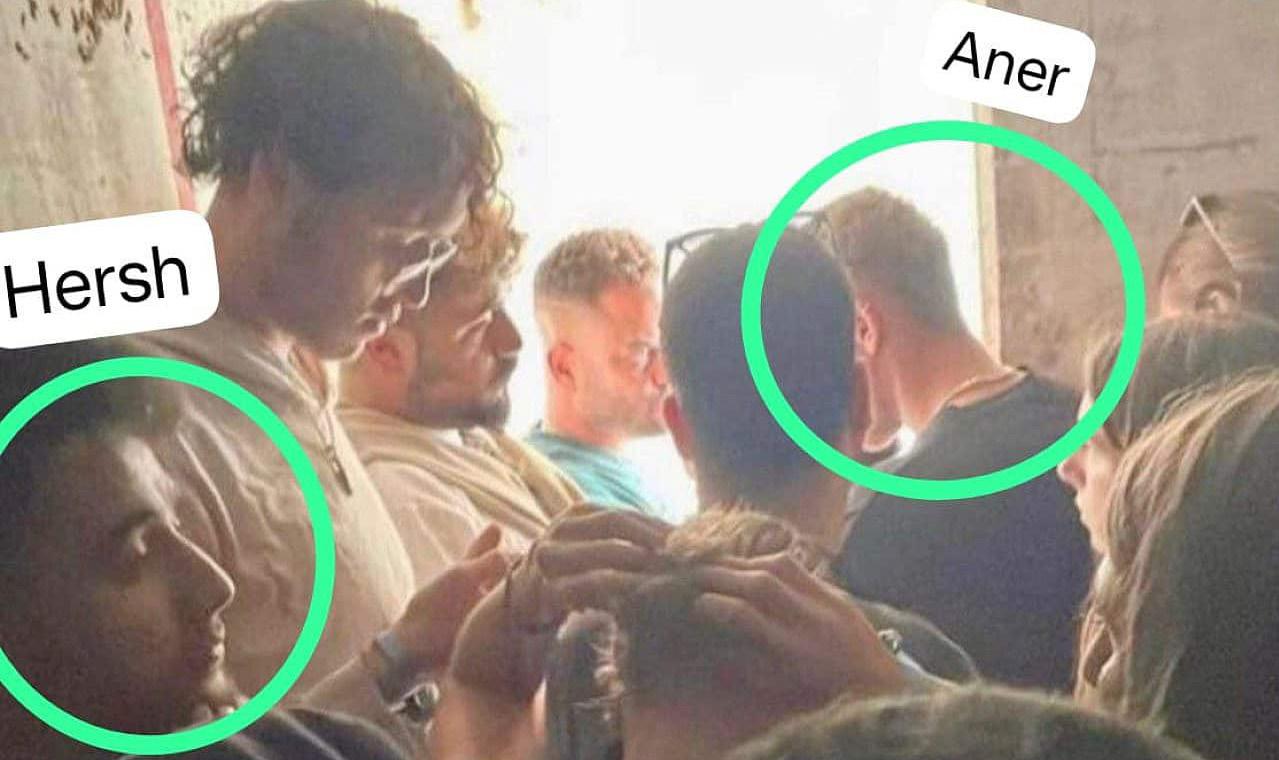


By Mendel Kalmenson and Zalman Abraham
The foundational creed of many religions is submission to a higher power. For example, the word Islam literally means submission. Yet, this is not the case for the Children of Israel. The word Israel means to struggle, as the angel conveys to Jacob after struggling with him throughout the night: “Your name shall no longer be Jacob, but Israel, for you have struggled (sarita) with beings Divine and human, and you have prevailed.”
By giving such a name to the Jewish people, G-d was, in effect, teaching them about the importance of thinking critically and not passively accepting authority. This may have contributed to the development of the Jewish proclivity to challenge, an inherited irreverence for dogma, and an instinctive resistance to blind adherence.
When G-d tells Abraham about the impending destruction of Sodom and Gomorra, Abraham challenges G-d: “Will you sweep away the innocent along with the guilty?... Shall the Judge of the entire earth not deal justly?”
Similarly, Moses was not willing to accept G-d’s decrees without challenge. He humbly questions G-d about the suffering
of his brethren in Egypt: “Why have You brought harm upon this nation? Why did you send me? Ever since I came to Pharaoh to speak in Your name, he has dealt worse with this nation, and You still have not delivered Your people!”
Later, after the sin of the Golden Calf, G-d tells Moses, “Now, leave Me be, that My anger may blaze forth against them and that I may destroy them, and make of you a great nation. But Moses again speaks up on their behalf: Turn from Your blazing anger and renounce this plan to punish Your people. Moses goes so far as to put his own legacy on the line, boldly declaring: Now, if You will forgive their sin [then good], but if not, erase me from the book that You have written!”
Indeed, we find that, according to the Talmud, G-d congratulates Moses for having perpetrated a seeming act of sacrilege when he smashed the Tablets in order to protect the people.
In contrast to such holy chutzpah, the Zohar criticizes Noah for not challenging G-d by praying for the people of his generation as Abraham and Moses did. According to the Zohar, G-d said to him:

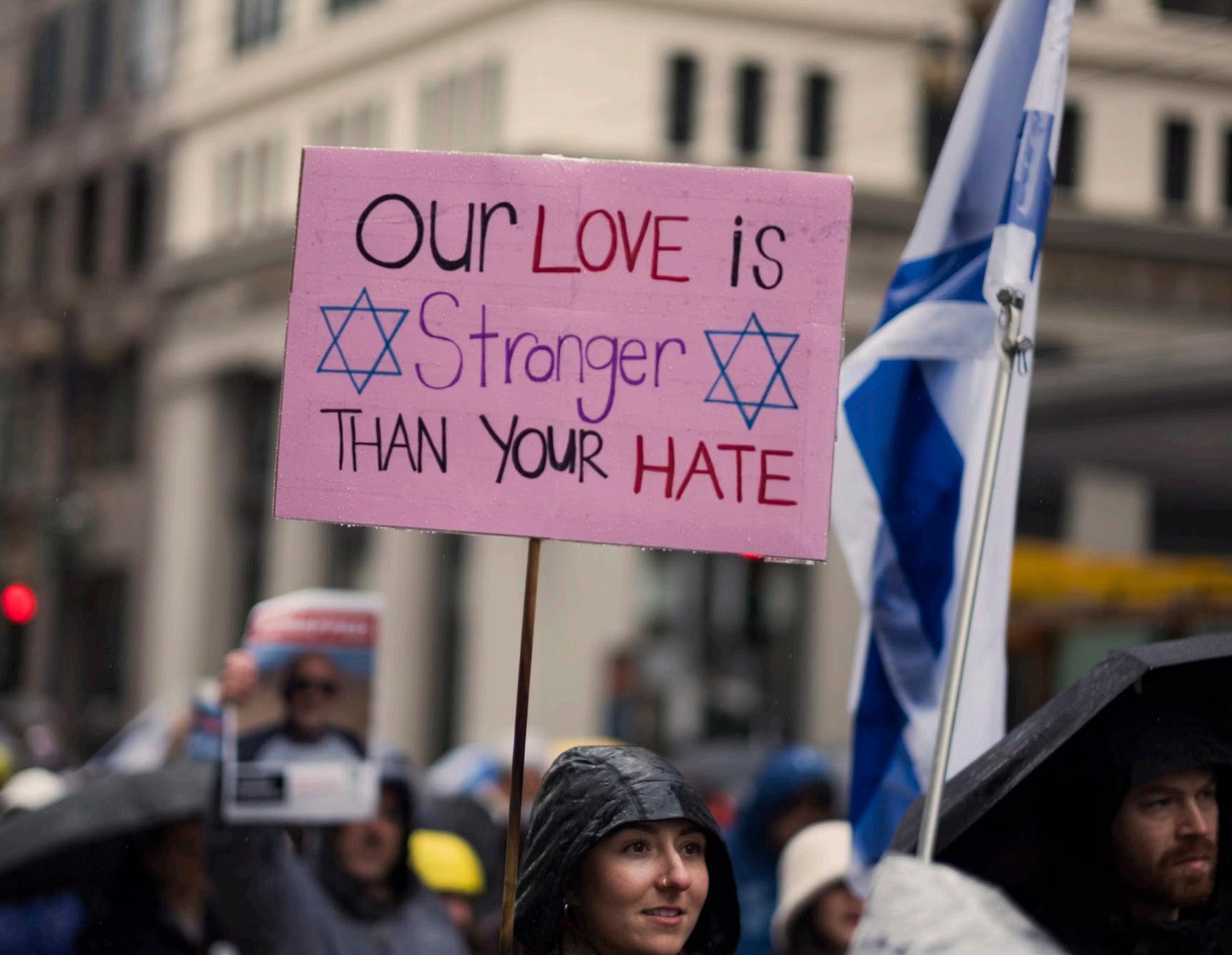
“Where were you for the entire time that I instructed you to build the ark? Why did you not beg for mercy for the inhabitants of the world?” From here we learn that Judaism holds up as its role models and heroes those who stand up against perceived injustice, whether Divine or human.
Incredibly, such principled resistance brings G-d great pleasure. As the verse in Isaiah says: “G-d desires to pronounce him [Israel] victorious.”
Similarly, the Midrash relates how G-d tells the Jewish people: “When I win, I lose, and when I am won over, I win.” G-d wants to be challenged and held “accountable” to the values He has given us to uphold.
What’s more, Judaism views the existence of evil, suffering, inequality, and injustice not as unavoidable features of society and life but as conditions that exist for us to confront and transform. Indeed, throughout history, this is what the Jewish people have endeavored to do.
As historian Paul Johnson wrote in A History of the Jews, “Certainly, the world without the Jews would have been a radically different place. To them, we owe the idea of equality before the law, both Divine and human; of the sanctity of life and the dignity of the human person; of the individual conscience and so a personal
redemption; of collective conscience and so of social responsibility; of peace as an abstract ideal and love as the foundation of justice, and many other items that constitute the basic moral furniture of the human mind. Without Jews, it might have been a much emptier place.”
This is what it means to be an Israelite.
In the vivid words of the 1997 Apple commercial: “Here’s to the crazy ones, the misfits, the rebels, the troublemakers, the round pegs in the square holes… the ones who see things differently—they’re not fond of rules… You can quote them, disagree with them, glorify or vilify them, but the only thing you can’t do is ignore them because they change things… They push the human race forward, and while some may see them as the crazy ones, we see genius because the ones who are crazy enough to think that they can change the world are the ones who do.” Apple lauded the Jewish ethos in that commercial!
The Big Idea: G-d allows pain and injustice to exist in the world in order for us to challenge such suffering and participate in its healing and rectification.
—An excerpt from People of the Word, by Mendel Kalmenson and Zalman Abraham, exploring 50 key Hebrew words that have been mistranslated and misunderstood for centuries.
By Seymour Brody
Sanford “Sandy” Koufax, one of the greatest pitchers of all time, was called the “man with the golden arm.” He set one record after another throughout his 11year career as a pitcher with the Brooklyn Dodgers.
Koufax was born to Evelyn and Jack Braun in Brooklyn, New York. His mother divorced his father when he was young and remarried Irving Koufax, a lawyer who played an important role in raising Sandy and his stepsister, Edith. Irving took the children to the Yiddish theater in New York City and supported Sandy’s baseball and basketball participation at Brooklyn’s Lafayette High School.
Sandy Koufax, who loved basketball, was constantly at the Jewish Community Center, either shooting baskets or playing on a team. When he was 15, he pitched for a team in the Baseball Ice Cream League, where baseball scouts watched him with great interest.
After graduating from high school in 1952, he attended the University of Cincinnati on a basketball scholarship. However, baseball scouts continued to pursue him, and he signed with the Brooklyn Dodgers in 1954.
The first three years were challenging for Koufax, who had trouble controlling his fastball. At times, he would walk two or three batters before getting the next man out. Under the guidance of pitching coach Joe Becker and Jewish catcher Norm Sherry, he learned to throw more curveballs and changeups.
The 1961 season brought him 18 wins, and he struck out 269 batters for a league
record. However, 1962 was almost a disaster for Koufax, as he developed a blood clot in his arm that nearly cost him his index finger. Despite this, he managed to recover and, in 1963, won two games against the Yankees in the World Series.
In 1965, when a World Series game fell on Yom Kippur, Koufax requested not to pitch on the holy day. Many criticized Koufax and the Dodgers when the team lost (though the Dodgers ultimately won the series). Koufax maintained that his religious demands outweighed his professional ones.
He set numerous records throughout his relatively short baseball career, retiring at the end of the 1966 season. During the offseason while playing, he did some acting in TV series like “77 Sunset Strip” and “Mr. Ed,” but his rather limited acting career ended when he retired from baseball.
After retiring, he worked as a broadcaster and briefly as a pitching coach for the Dodgers, but for the most part, he has stayed out of the limelight. He currently resides in Florida and Pennsylvania.
Koufax will always be remembered for breaking baseball pitching records. Still, almost as importantly, he is remembered for his religious commitment, which led him to refuse to play in the World Series on Yom Kippur.
- Originally published in Jewish Heroes & Heroines of America: 150 True Stories of American Jewish Heroism (Frederick Fell Publishers, Inc.)

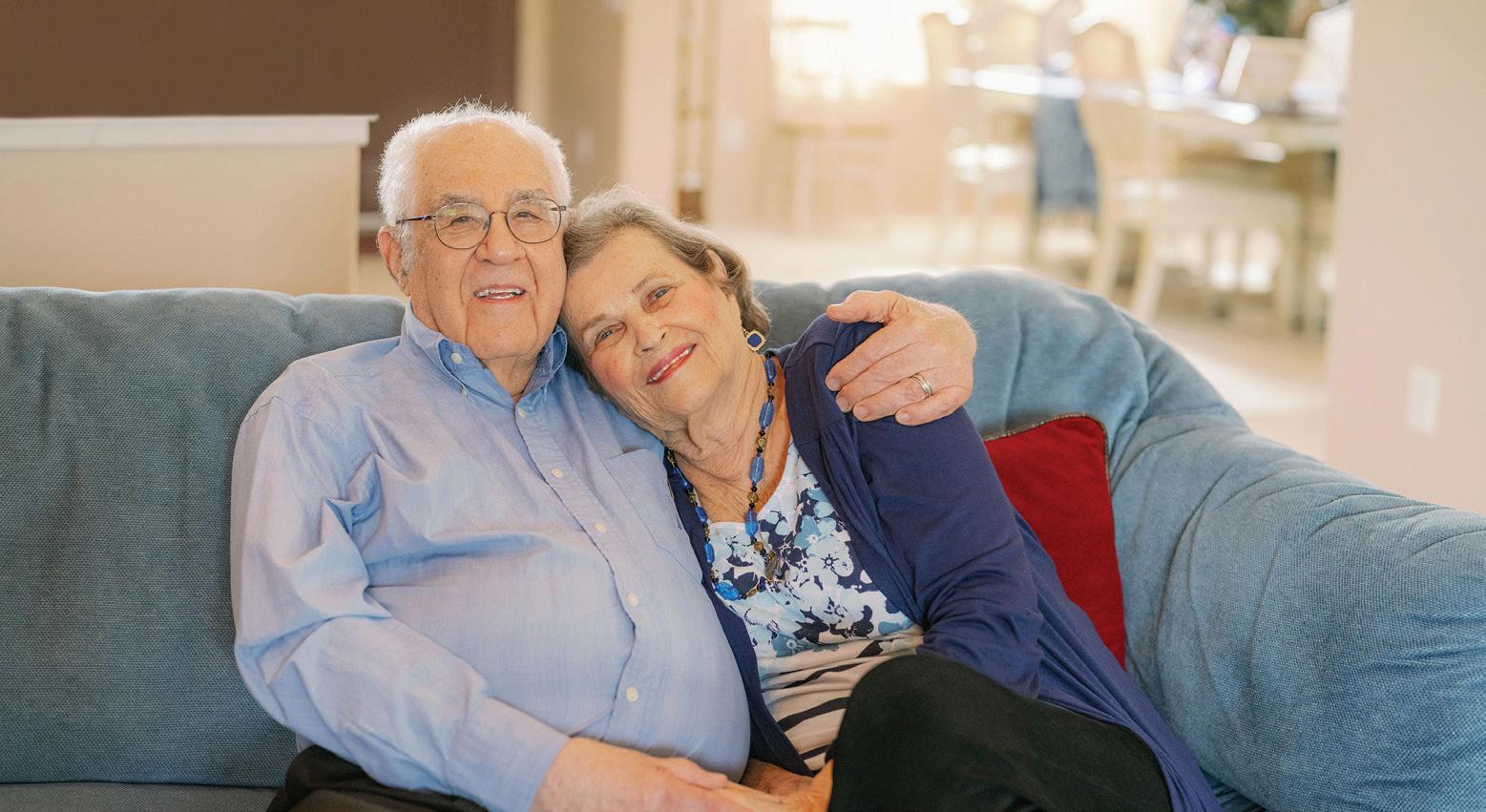
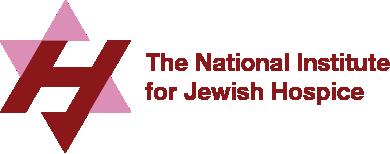
Providing our Tucson community with comfort, dignity and compassionate care. We’re here for you.
By Mordechai Schmutter

Yom Kippur is a great time for introspection, and one character flaw that you might need to work on is jealousy. Sure, you personally might not get jealous in the sense of wishing you had physical items that other people have. You don’t want your neighbor’s house. What that guy probably pays in real estate taxes makes THAT a bad idea. And where are you going to keep your neighbor’s ox or donkey?
But most people are jealous way more often than you’d think:
- We’re jealous that other people can eat whatever they want and not gain weight. That we know of. It’s not like we sneak up behind them and attempt to lift them, at least not after that one time.
- We’re jealous of anyone who can dance awesomely in the middle of the wedding circle because when we dance, we look
like we are being pulled at by at least four angry people who cannot agree on where they should pull us.
- We’re jealous of anyone who’s still in bed when we have to get up in the morning. That’s not right. They should get up too. So we’re going to close as many cabinets as we can as loudly as we want, and – “Oh, sorry, did I wake you up? I’m making breakfast. Can I get you anything from the cabinets?”
So you probably need to work on your jealousy. It’s not easy because a lot of the advice people give doesn’t impress you. For example, people say that money doesn’t buy happiness.
Well, neither does being broke.
“No,” they say. “I mean the jealousy never ends. If you have $100, you want $200. If you have $200, you want $400.”
“I got a new boat!”
“Oh, I’m so sorry… We don’t know why G-d does what he does.”
Because that’s the other thing: We’re only ever seeing part of the picture. We’re comparing the best part of someone else’s life to the worst part of ours. But we all have strengths. Like sure, the other guy has money, but does he know how to cut his own hair? Probably not.
The gifts that G-d gives each person are a package deal. Tall people can reach things, and short people don’t bump their heads every time they go down to the basement. Also, no one calls tall people cute, even if they say something cute. Everyone has their gifts, and everyone is secretly jealous of each other, because, like the saying goes, “The grass is always greener on the other side.”
Well, maybe the grass just looks greener when you look at it from afar. And you can’t see the bald spots.
But that really applies to everything. If you have 4 kids, you want 8. If you have 8 kids, you want 16. If you have 16… Okay, so it doesn’t apply to everything.
But here’s an idea: Maybe instead of looking critically at the things you have, look critically at the things you don’t have.
Say you’re jealous that your neighbor has a yacht. So ask yourself: Do I want a yacht because it looks like it will be fun the three times a year that I’m going to use it? Or do I want a yacht because I want the responsibilities of dock fees and storage and maintenance and equipment and fuel? How do you even bring a yacht to the gas station?
On the other hand, if you develop a hearty disdain for other people’s extravagances, you might end up feeling sorry for them for having stuff.
It’s kind of like how kids are jealous of adults because we can eat whatever we want and drive wherever we want and go to bed whenever we want. But when you’re an adult, you realize that yes, I can do what I want, but what I want these days is to get my responsibilities done. I mostly just drive to work. But yeah, I can eat what I want! Except on fast days, and when I’m trying to lose weight, and whenever the kids are around.
But kids love being jealous. I can’t tell you how many hours as a parent I’ve spent making sure everyone’s soda is up to the same line on their cups. And if it isn’t, I have to make up a reason on the fly - when I have not had any sleep. Because I go to bed when I want, right?
Point is, everyone is jealous of each other, but we don’t discuss it, so we don’t realize that everyone’s jealous of everyone else. If we realized that, we’d see that no one actually has everything, and then no one would be jealous.
Did that make sense? I’m very tired. I go to bed when I want.
By Menachem Posner
1. Which holiday does not occur during Tishrei?
A. Rosh Hashana
B. Yom Kippur
C. Sukkot
D. Chanukah
2. Which holiday is celebrated on the first two days of Tishrei?
A. Rosh Hashana
B. Simchat Torah
C. Passover
D. Shavuot
3. Name two fasts that occur during Tishrei
A. Tisha B’Av and Tzom Gedaliah
B. Tzom Gedaliah and Yom Kippur
C. Yom Kippur and the Fast of Esther
D. The Fast of Esther and Tisha B’Av
4. By what name was this month known in ancient Israel?
A. Eitanim
B. Tish-tosh
C. September
D. Aviv
5. Counting from Nissan, which number month is Tishrei?
A. 3
B. 5
C. 7
D. 9
6. What happens on the 10th of Tishrei?
A. We fast
B. We feast
C. We build our sukkahs
D. We bake matzah
7. What is the mazal (zodiac) of Tishrei?
A. Betulah (maiden)
B. Moznaim (scales)
C. Sefer (scroll)
D. Shofar (horn)
8. True or false: The month of Tishrei is doubled in a Jewish leap year
True
False
9. What is the final major holiday in Tishrei?
A. Rosh Hashana
B. Sukkot
C. Simchat Torah
D. Yom Kippur
10. Which month follows Tishrei?
A. Elul
B. Kislev
C. Adar
D. Marcheshvan
Answers: 1-D, 2-A, 3-B, 4-A, 5-C, 6-A, 7-B, 8-False, 9-C, 10-D.
Time to make honey cake! See if you can make it through the maze below, collecting the ingredients usually needed to make one
By Sari Kopitnikoff -
